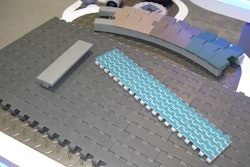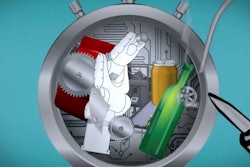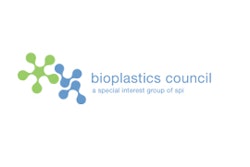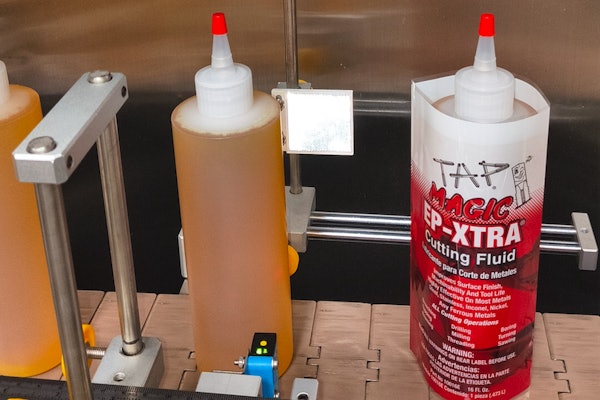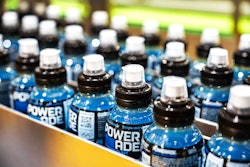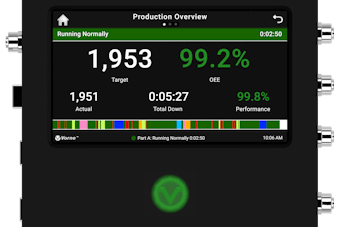
This content was written and submitted by the supplier. It has only been modified to comply with this publication’s space and style.
Typical applications for the MM4 rectangular separator from SWECO, a business unit of M-I L.L.C., include dewatering cellulose fibers, plastic recycling, kaolin clay dewatering, starch production and general waste stream solids removal. In many of these applications, capacity is reduced due to screen blinding. SWECO developed the Traveling Spray to prevent this problem.
The way the Traveling Spray System operates is a traveling bar, equipped with 21 spray nozzles, moves from side to side, spraying water directly onto the screen mesh to keep the screens clean and facilitate material conveyance. The bar reverses at the sidewalls and travels back over the screen for a continual cleaning process. The system is suspended from the stationary sump skid to avoid interference with the vibrating basket. It is equipped with a variable speed drive which allows the operator to optimize the screen de-blinding process while minimizing water usage.



